
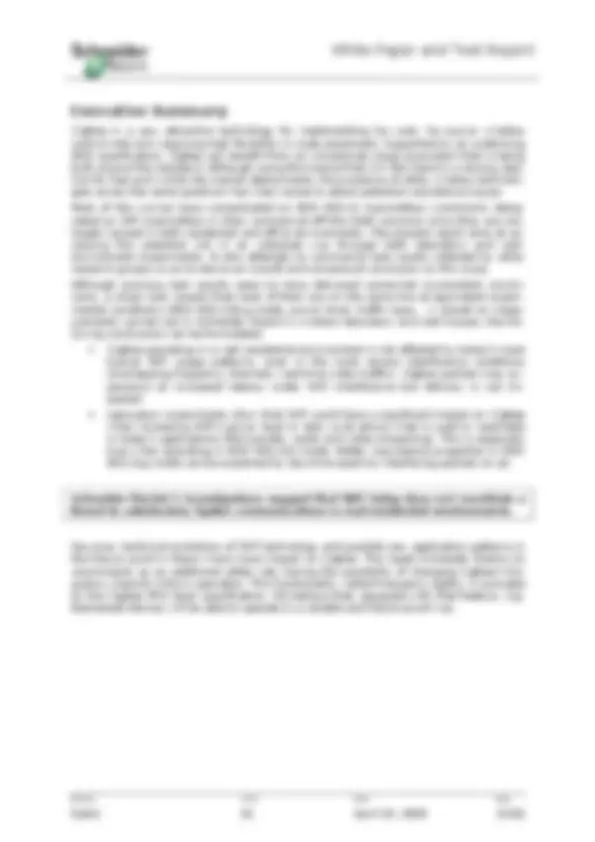
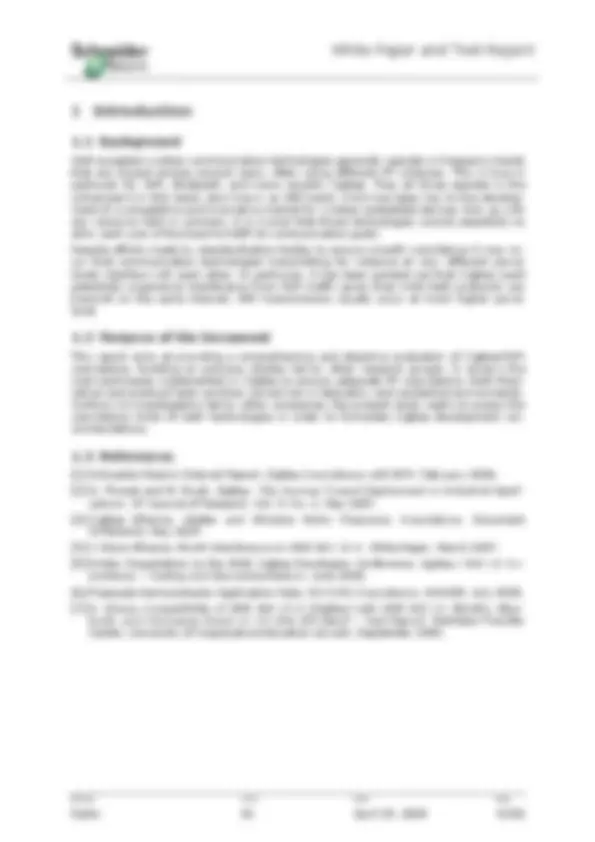
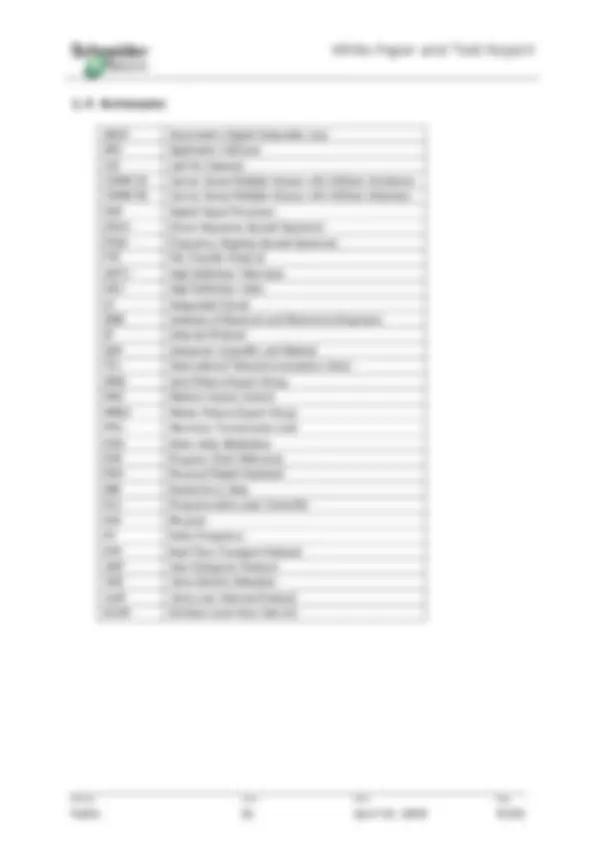
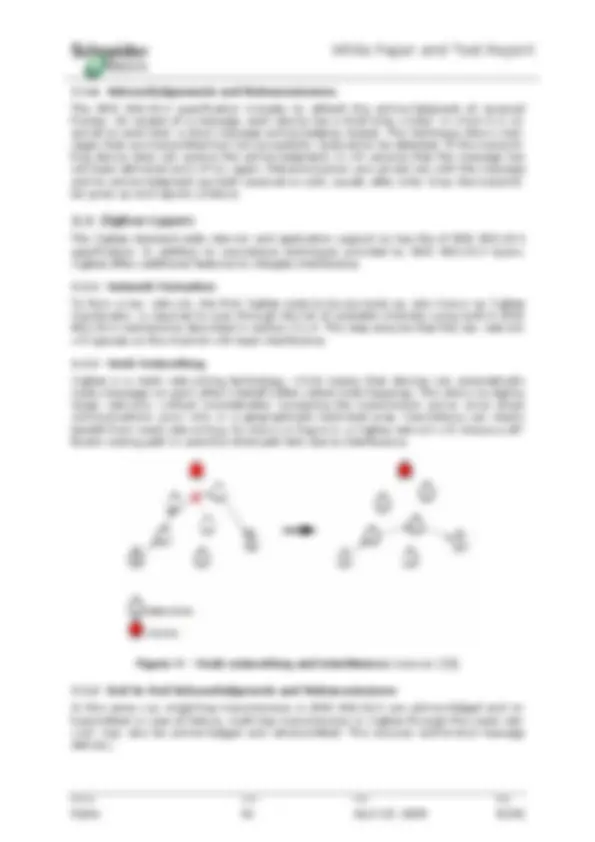
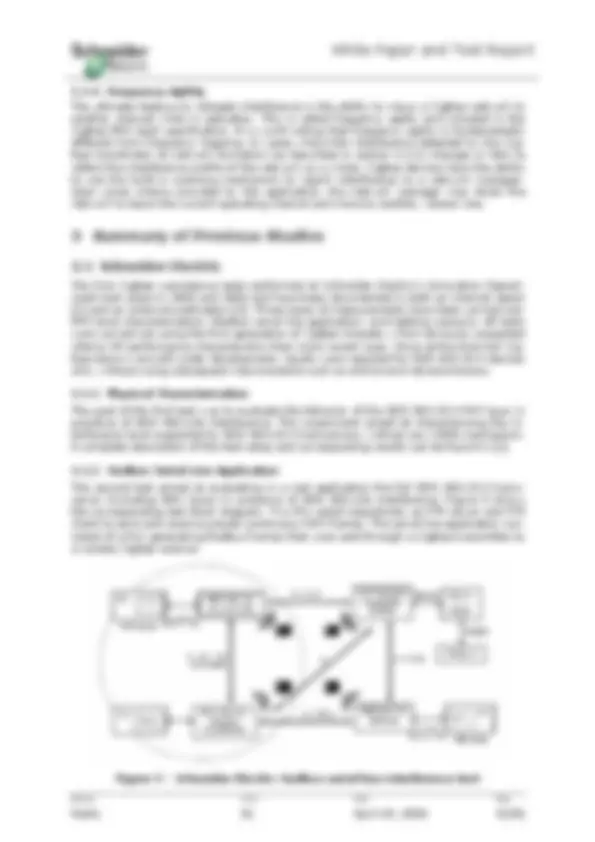
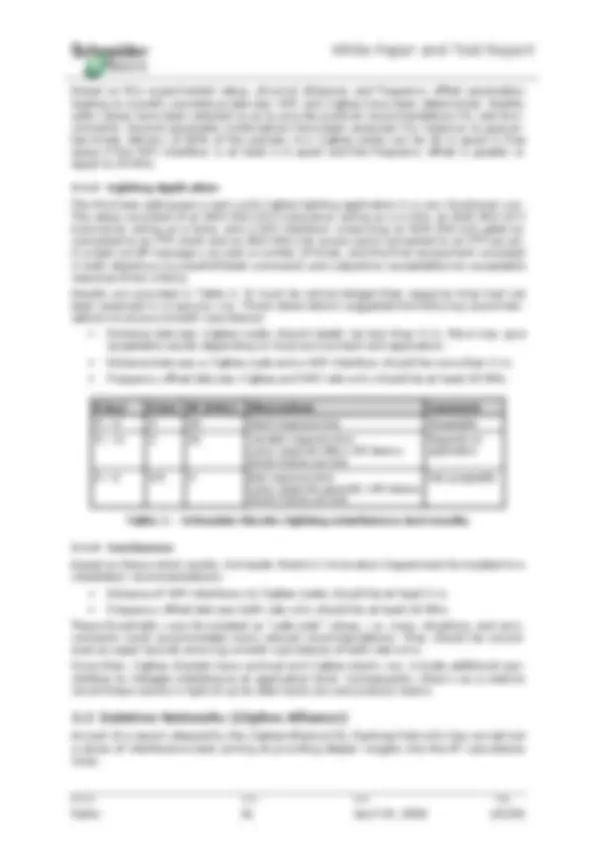
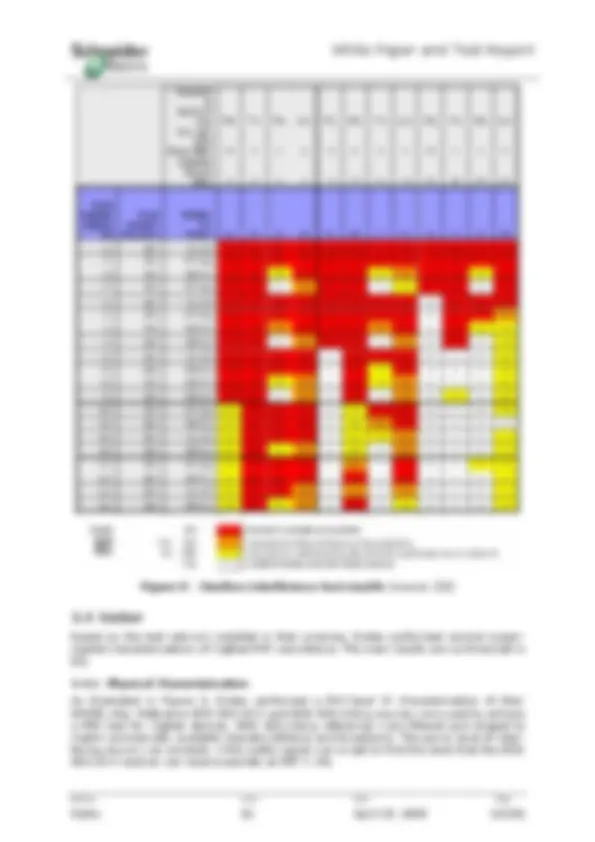
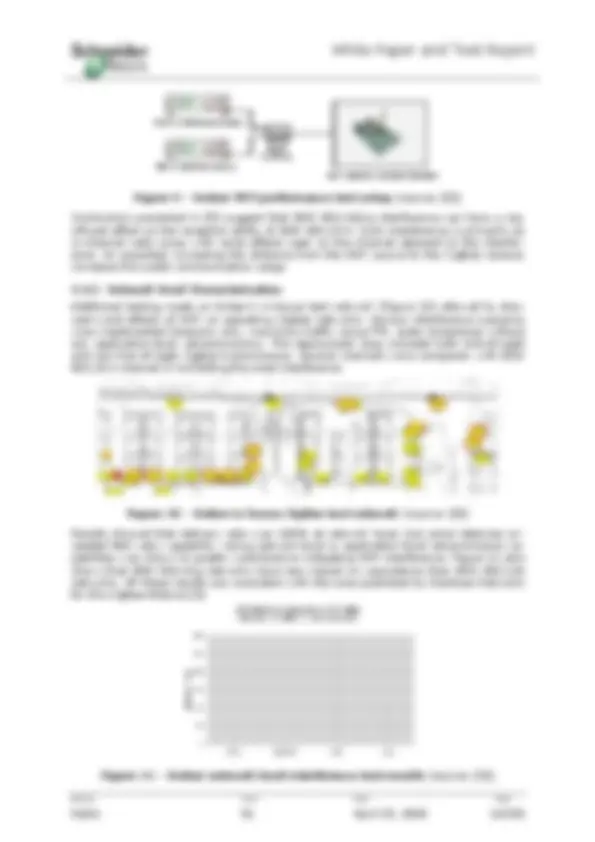
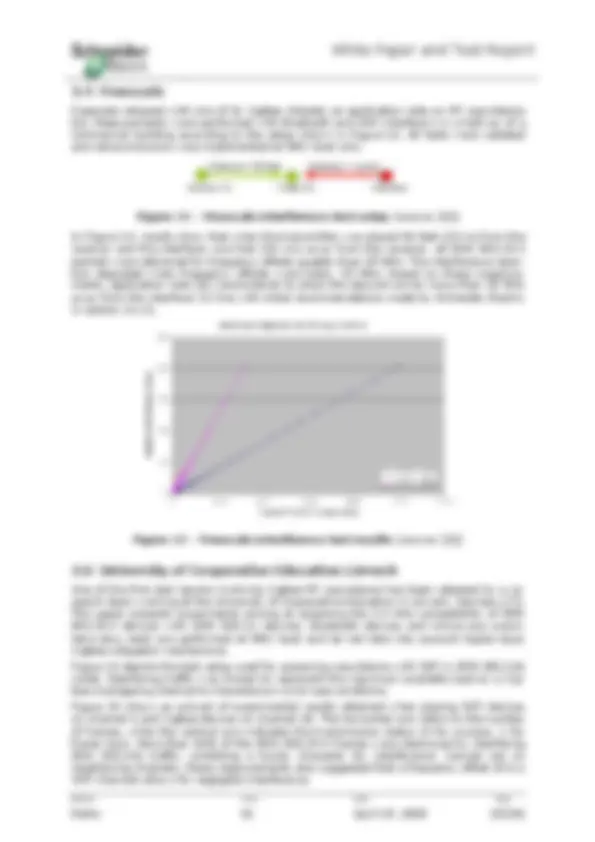
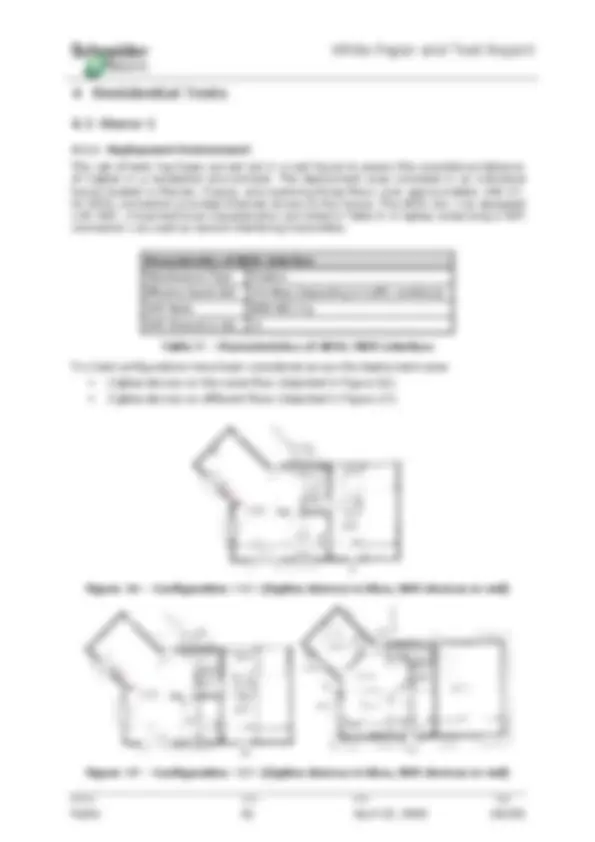
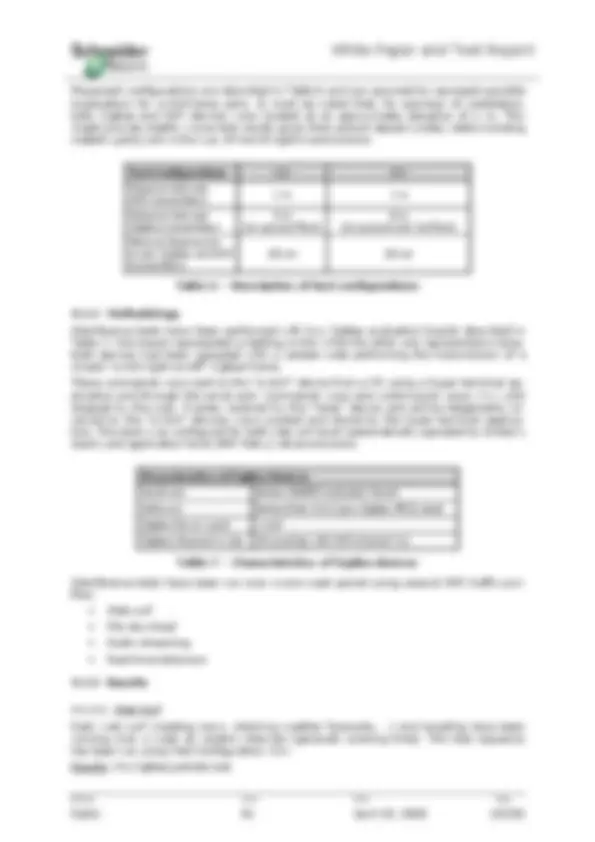
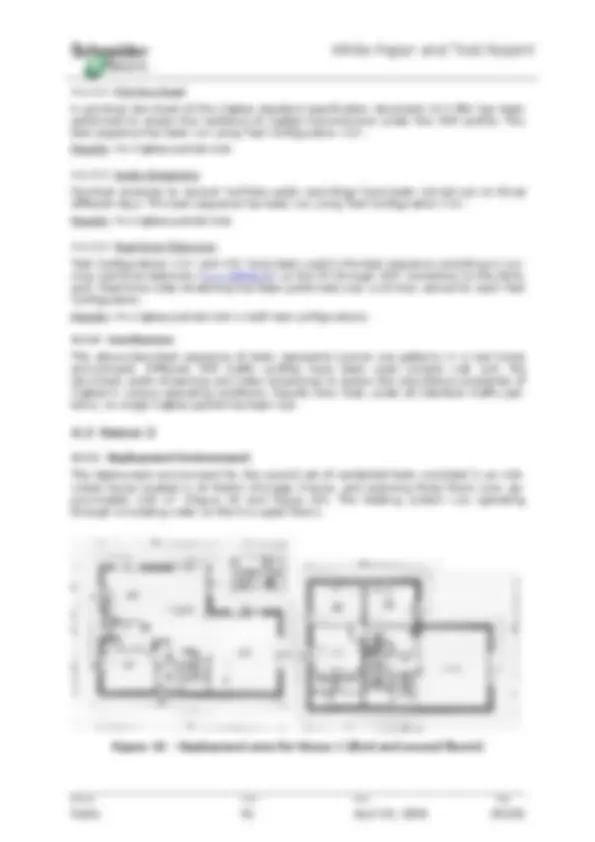
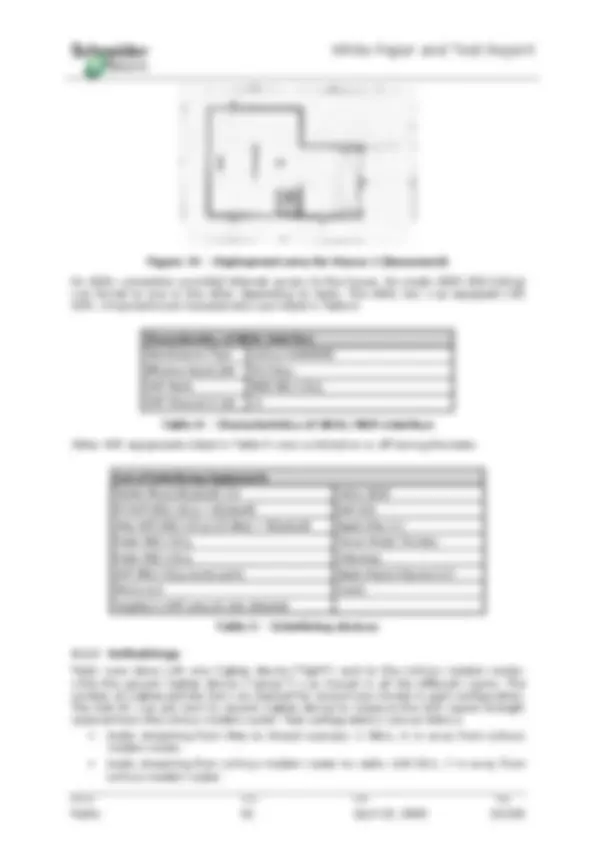
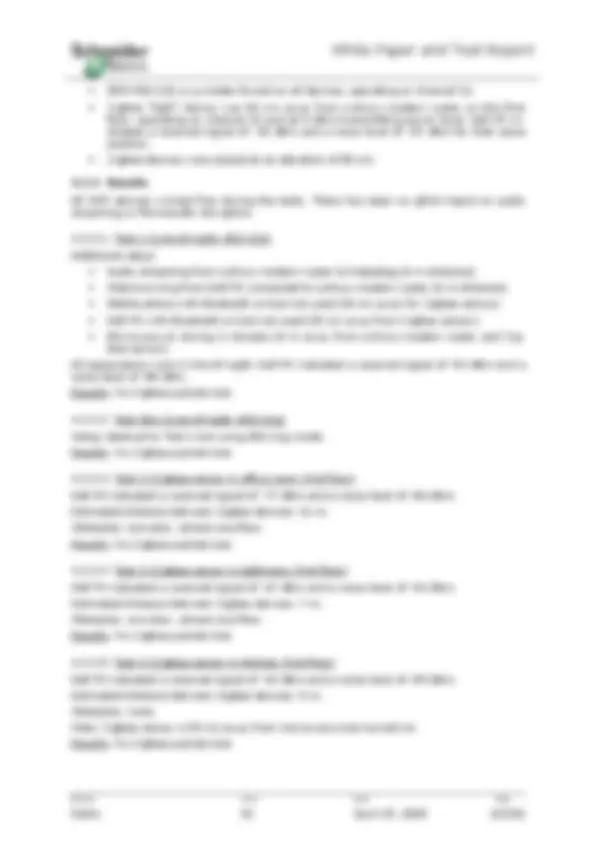
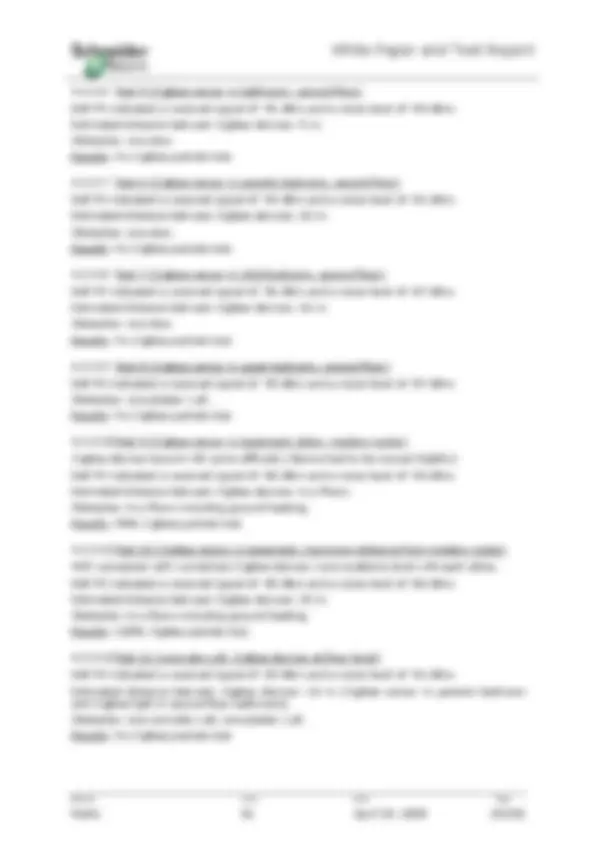
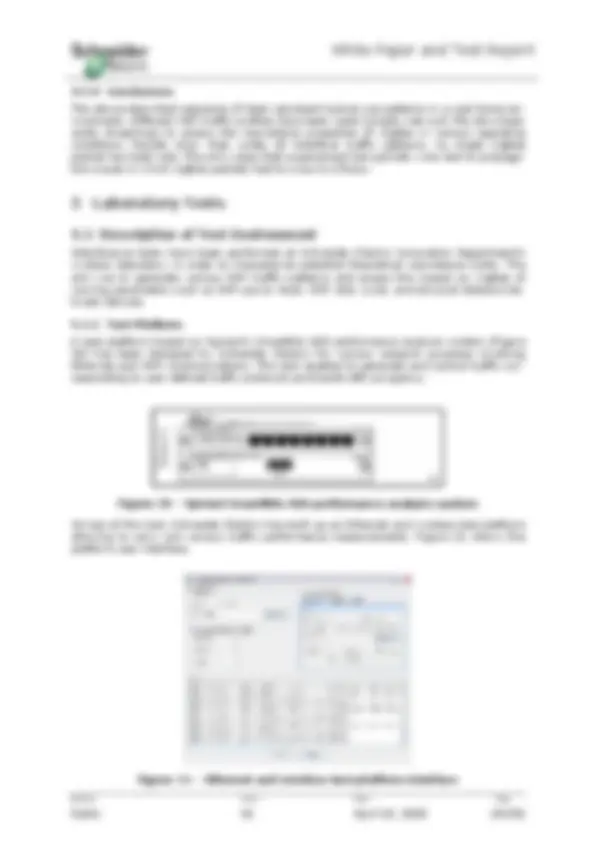
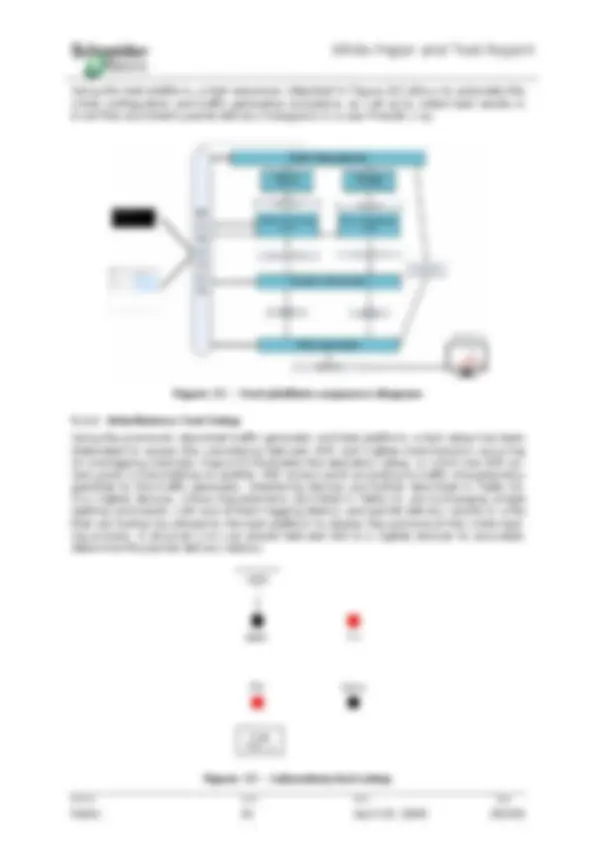
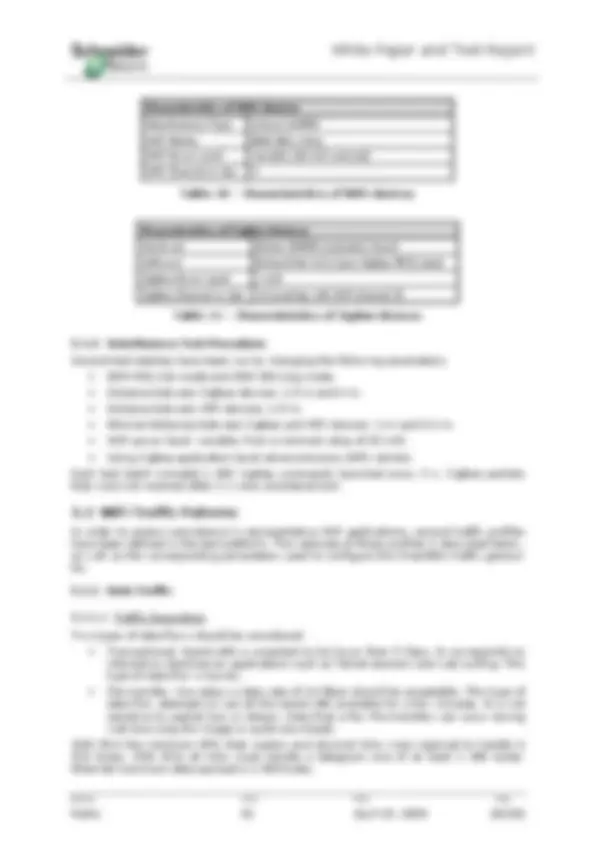
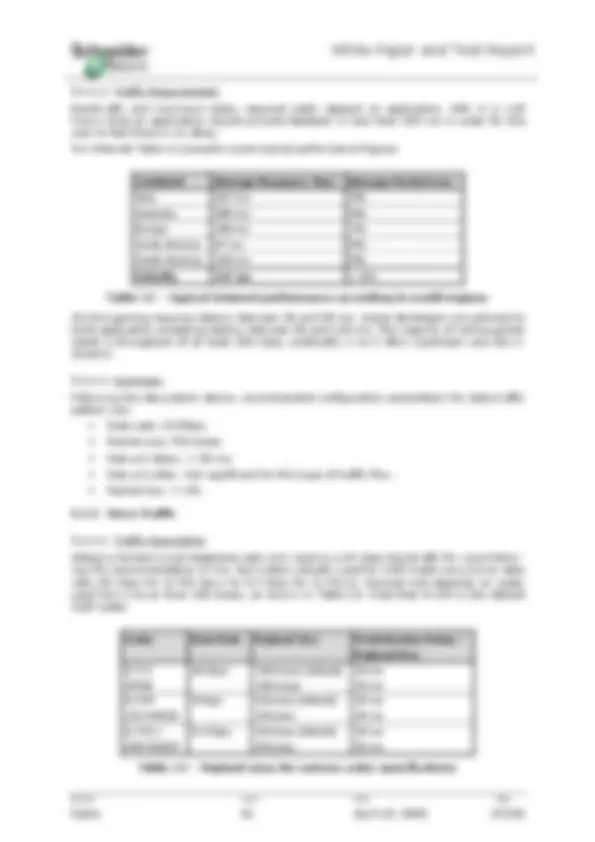
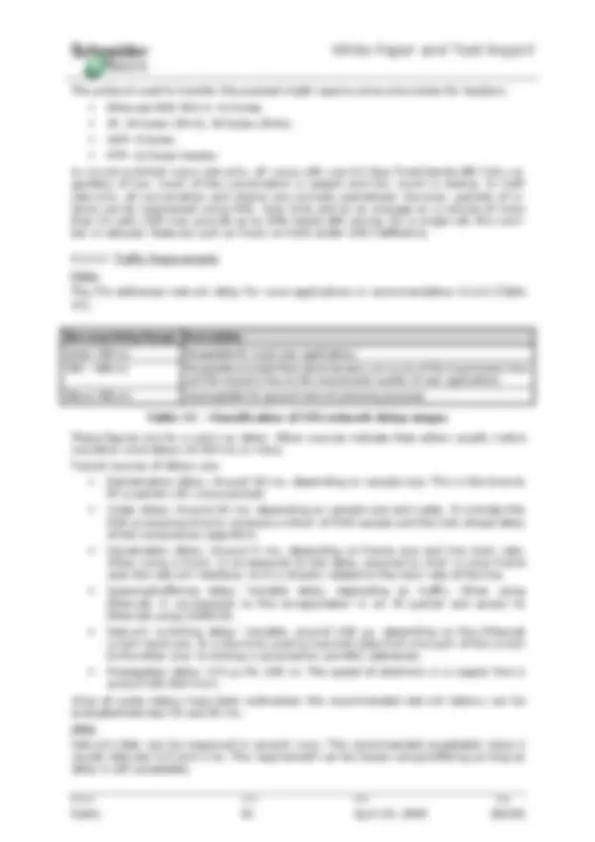
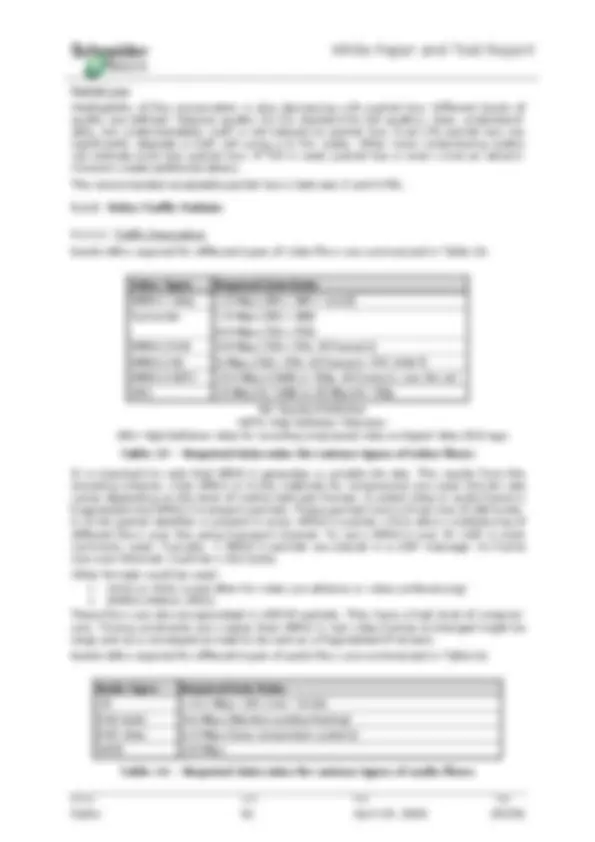
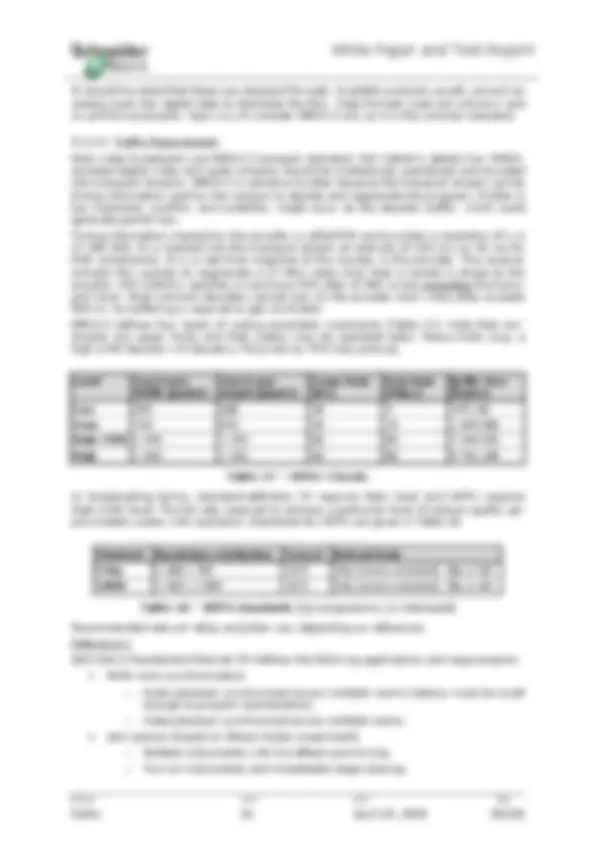
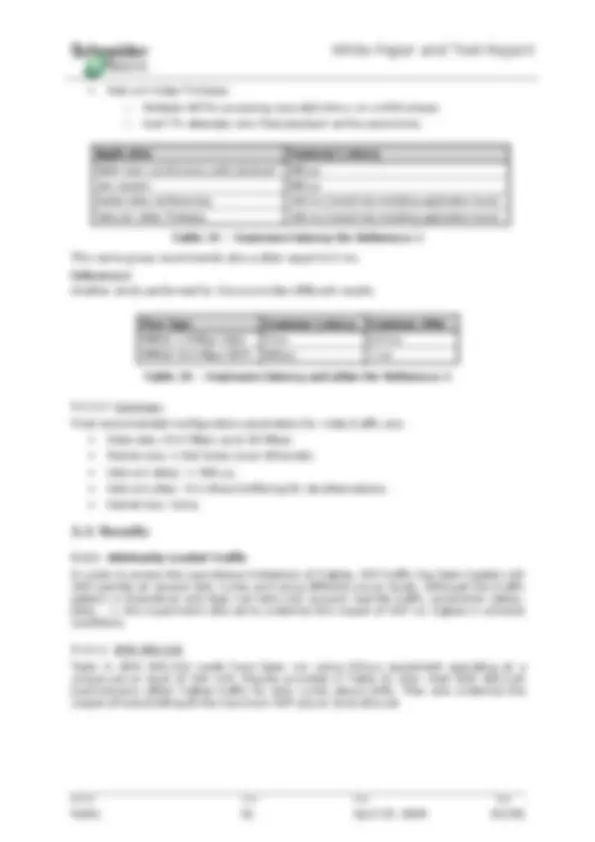
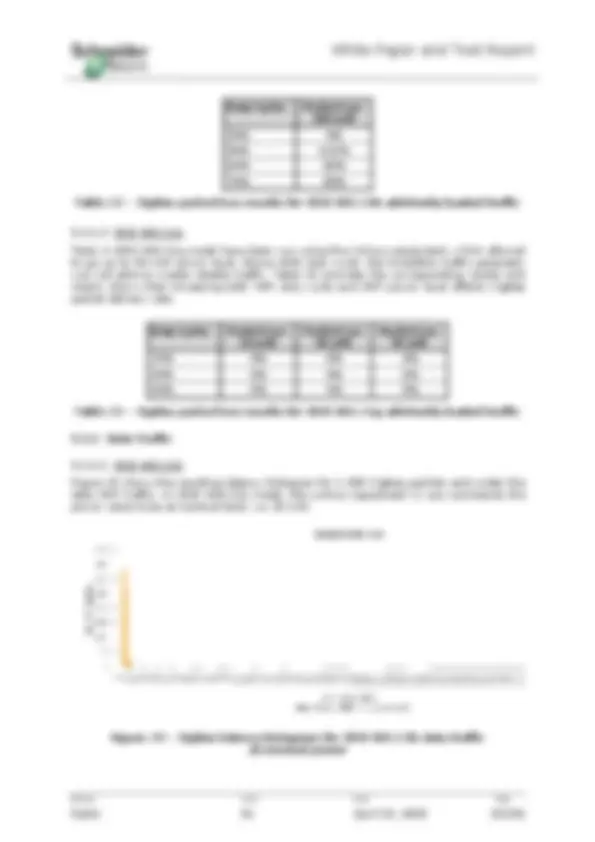

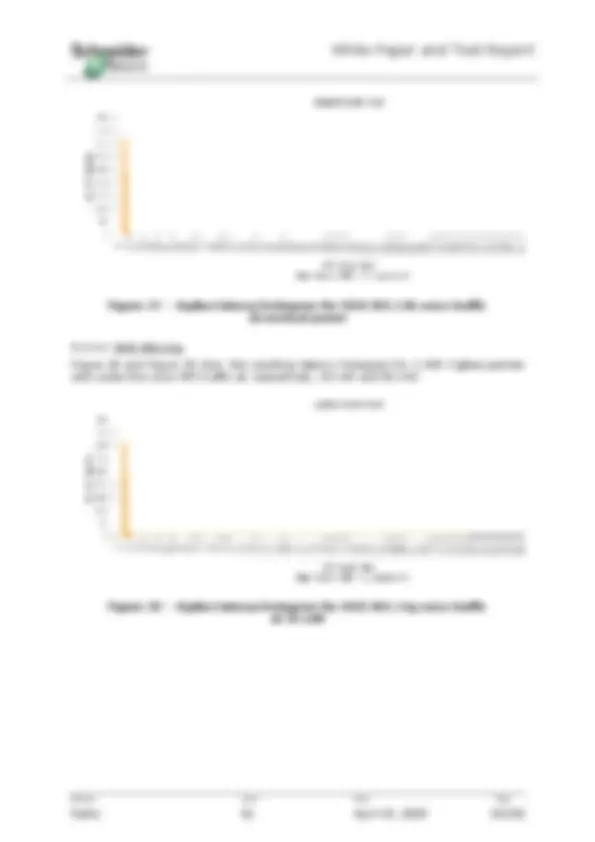
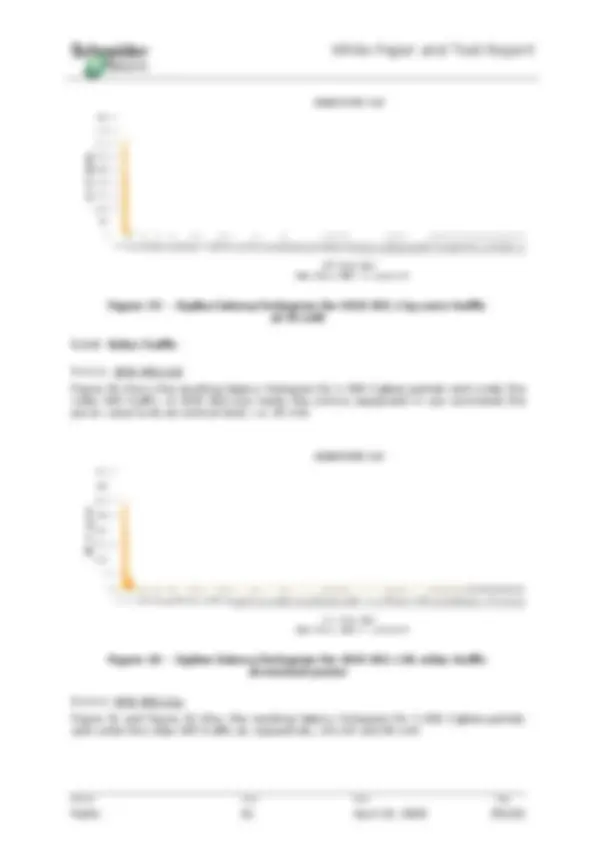
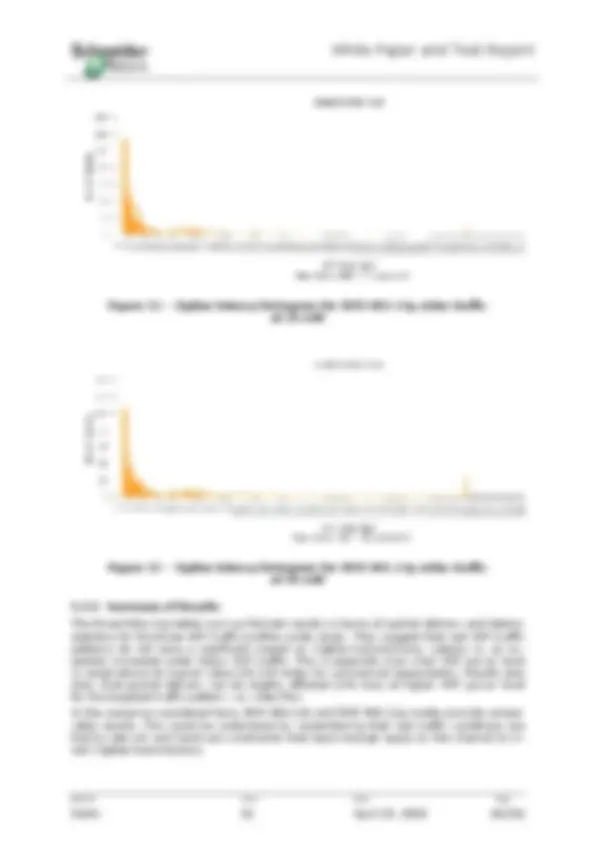
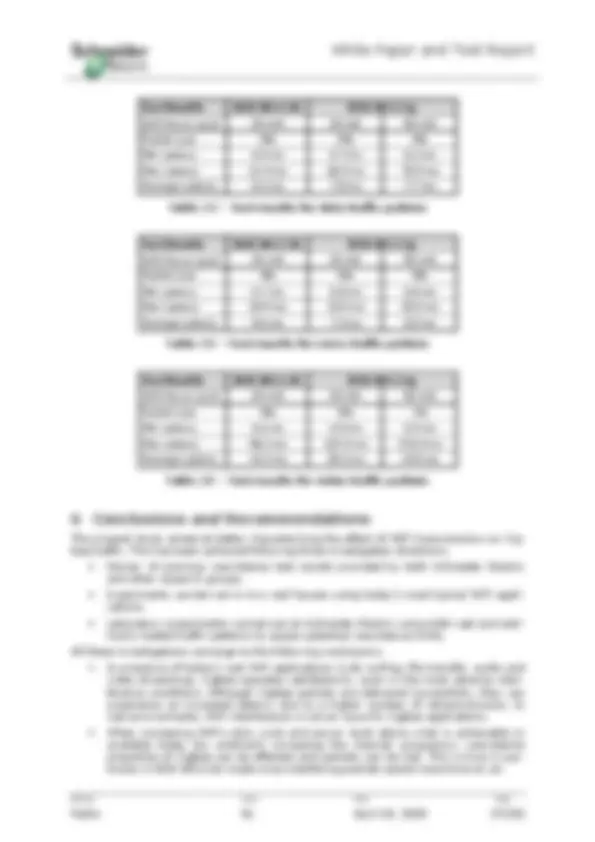
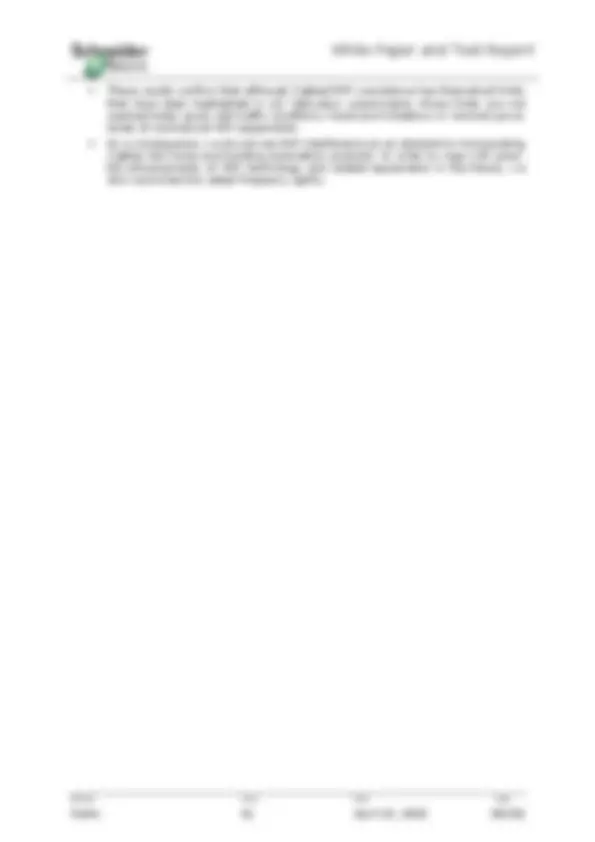


Estude fácil! Tem muito documento disponível na Docsity

Ganhe pontos ajudando outros esrudantes ou compre um plano Premium


Prepare-se para as provas
Estude fácil! Tem muito documento disponível na Docsity
Prepare-se para as provas com trabalhos de outros alunos como você, aqui na Docsity
Os melhores documentos à venda: Trabalhos de alunos formados
Prepare-se com as videoaulas e exercícios resolvidos criados a partir da grade da sua Universidade
Responda perguntas de provas passadas e avalie sua preparação.

Ganhe pontos para baixar
Ganhe pontos ajudando outros esrudantes ou compre um plano Premium
Comunidade
Peça ajuda à comunidade e tire suas dúvidas relacionadas ao estudo
Descubra as melhores universidades em seu país de acordo com os usuários da Docsity
Guias grátis
Baixe gratuitamente nossos guias de estudo, métodos para diminuir a ansiedade, dicas de TCC preparadas pelos professores da Docsity
ZigBee - ZigBee
Tipologia: Notas de estudo
1 / 38

Esta página não é visível na pré-visualização
Não perca as partes importantes!































Release Issue Date Page
Release Issue Date Page
Well-accepted wireless communication technologies generally operate in frequency bands that are shared among several users, often using different RF schemes. This is true in particular for WiFi, Bluetooth, and more recently ZigBee. They all three operate in the unlicensed 2.4 GHz band, also known as ISM band, which has been key to the develop- ment of a competitive and innovative market for wireless embedded devices. But, as with any resource held in common, it is crucial that those technologies coexist peacefully to allow each user of the band to fulfill its communication goals.
Despite efforts made by standardization bodies to ensure smooth coexistence it may oc- cur that communication technologies transmitting for instance at very different power levels interfere with each other. In particular, it has been pointed out that ZigBee could potentially experience interference from WiFi traffic given that while both protocols can transmit on the same channel, WiFi transmissions usually occur at much higher power level.
This report aims at providing a comprehensive and objective evaluation of ZigBee/WiFi coexistence. Building on previous studies led by other research groups, it reviews the main techniques implemented in ZigBee to ensure adequate RF coexistence. Both theo- retical and practical tests are then carried out in laboratory and residential environments. Contrary to investigations led by other companies, the present study seeks to assess the coexistence limits of both technologies in order to formulate ZigBee development rec- ommendations.
[1] Schneider Electric Internal Report. ZigBee Coexistence with WiFi. February 2006.
[2] G. Thonet and M. Bruel. ZigBee: The Journey Toward Deployment in Industrial Appli- cations. ST Journal of Research. Vol. 4. No. 1. May 2007.
[3] ZigBee Alliance. ZigBee and Wireless Radio Frequency Coexistence. Document 075026r02. May 2007.
[4] Z-Wave Alliance. WLAN Interference to IEEE 802.15.4. White Paper. March 2007.
[5] Ember Presentation to the 2006 ZigBee Developers Conference. ZigBee / 802.11 Co- existence – Testing and Recommendations. June 2006.
[6] Freescale Semiconductor Application Note. MC1319x Coexistence. AN2935. July 2005.
[7] A. Sikora. Compatibility of IEEE 802.15.4 (ZigBee) with IEEE 802.11 (WLAN), Blue- tooth, and Microwave Ovens in 2.4 GHz ISM-Band – Test Report. Steinbeis-Transfer Center, University of Cooperative Education Lörrach. September 2004.
Release Issue Date Page
ADSK Asymmetric Digital Subscriber Line APS Application Sublayer CFI Call For Interest CSMA/CA Carrier Sense Multiple Access with Collision Avoidance CSMA/CD Carrier Sense Multiple Access with Collision Detection DSP Digital Signal Processor DSSS Direct Sequence Spread Spectrum FHSS Frequency Hopping Spread Spectrum FTP File Transfer Protocol HDTV High Definition Television HDV High Definition Video IC Integrated Circuit IEEE Institute of Electrical and Electronics Engineers IP Internet Protocol ISM Industrial, Scientific and Medical ITU International Telecommunications Union JPEG Joint Picture Expert Group MAC Medium Access Control MPEG Motion Picture Expert Group MTU Maximum Transmission Unit PCM Pulse Code Modulation PCR Program Clock Reference PDA Personal Digital Assistant PER Packet Error Rate PLC Programmable Logic Controller PHY Physical RF Radio Frequency RTP Real-Time Transport Protocol UDP User Datagram Protocol VAD Voice Activity Detection VoIP Voice over Internet Protocol WLAN Wireless Local Area Network
Release Issue Date Page
As shown in Figure 3, four of these channels (15, 16, 21, 22) fall between the often-used and non-overlapping 802.11b/g channels (1, 7, 13).
Figure 3 – IEEE 802.15.4 and IEEE 802.11b/g 2.4 GHz interference
Table 1 provides frequency offsets between combinations of IEEE 802.15.4 and IEEE 802.11b/g carrier frequencies leading to minimum interference.
Frequency IEEE 802.11b/g Offsets (^) Channel 1 2412 MHz
Channel 7 2442 MHz
Channel 13 2472 MHz Channel 15 2425 MHz 13 MHz^ 17 MHz^ 47 MHz Channel 16 2430 MHz 18 MHz^ 12 MHz^ 42 MHz Channel 21 2455 MHz 43 MHz^ 13 MHz^ 17 MHz IEEE 802.15.4Channel 22 2460 MHz 48 MHz^ 18 MHz^ 12 MHz
Table 1 – Frequency offsets between IEEE 802.15.4 and IEEE 802.11b/g
2.1.3 Data Rate
Another way to minimize the risk of interference is to reduce channel occupancy. This approach is followed by the IEEE 802.15.4 standard. While many intended applications for ZigBee devices require a very low data rate (e.g. switching a light on and off, trans- mitting a temperature value), the underlying PHY layer communicates at 250 kbps. Com- pared to other RF systems targeting the same application range, this is a high data rate that allows to minimize time spent on air and reduce opportunities for collisions.
2.1.4 Built-in Scanning and Reporting
The IEEE 802.15.4 PHY layer provides the ability to sample a channel, measure the en- ergy, and report whether the channel is free from interference and thus clear to transmit. This information is then made available to higher layers so that devices using IEEE 802.15.4 radios have the possibility to select the best available channel for operation.
2.1.5 CSMA
Even with the techniques described above, a ZigBee device may find itself sharing a channel with interferers, for instance other ZigBee devices that are part of the same net- work. The IEEE 802.15.4 standard makes use of a simple “listen before talk” strategy also known as CSMA and implemented in other wireless technologies such as WiFi. In this approach, a device that discovers that the channel is busy will wait a while before check- ing the channel again and transmitting its data.
Release Issue Date Page
2.1.6 Acknowledgements and Retransmissions
The IEEE 802.15.4 specification includes by default the acknowledgment of received frames. On receipt of a message, each device has a brief time window in which it is re- quired to send back a short message acknowledging receipt. This technique allows mes- sages that are transmitted but not successfully received to be detected. If the transmit- ting device does not receive the acknowledgment, it will assume that the message has not been delivered and will try again. Retransmissions are carried out until the message and its acknowledgment are both received or until, usually after a few tries, the transmit- ter gives up and reports a failure.
The ZigBee standard adds network and application support on top the of IEEE 802.15. specification. In addition to coexistence techniques provided by IEEE 802.15.4 layers, ZigBee offers additional features to mitigate interference.
2.2.1 Network Formation
To form a new network, the first ZigBee node to be powered up, also known as ZigBee Coordinator, is required to scan through the list of available channels using built-in IEEE 802.15.4 mechanisms described in section 2.1.4. This step ensures that the new network will operate on the channel with least interference.
2.2.2 Mesh Networking
ZigBee is a mesh networking technology, which means that devices can automatically route messages on each other’s behalf (often called multi-hopping). This allows to deploy larger networks without immoderately increasing the transmission power since direct communications occur only in a geographically-restricted area. Coexistence can clearly benefit from mesh networking. As shown in Figure 4, a ZigBee network will choose a dif- ferent routing path in case the initial path fails due to interference.
Figure 4 – Mesh networking and interference (source: [3])
2.2.3 End-to-End Acknowledgments and Retransmissions
In the same way single-hop transmissions in IEEE 802.15.4 are acknowledged and re- transmitted in case of failure, multi-hop transmissions in ZigBee through the mesh net- work may also be acknowledged and retransmitted. This ensures end-to-end message delivery.
Release Issue Date Page
Based on this experimental setup, physical distances and frequency offset parameters leading to smooth coexistence between WiFi and ZigBee have been determined. Slightly safer values have been selected so as to provide practical recommendations for real envi- ronments. Several parameter combinations have been assessed. For instance, to guaran- tee timely delivery of 80% of the packets, two ZigBee nodes can be 30 m apart in free space if the WiFi interferer is at least 2 m apart and the frequency offset is greater or equal to 25 MHz.
3.1.3 Lighting Application
The third test addressed a real-world ZigBee lighting application in a very functional way. The setup consisted of an IEEE 802.15.4 transceiver acting as a switch, an IEEE 802.15. transceiver acting as a lamp, and a WiFi interferer comprising an IEEE 802.11b gateway connected to an FTP client and an IEEE 802.11b access point connected to an FTP server. A simple on/off message was sent a number of times, and the final assessment consisted in both objective (successful/failed command) and subjective (acceptable/non-acceptable response time) criteria.
Results are provided in Table 2. It must be acknowledged that response time had not been assessed in a rigorous way. These observations suggested the following recommen- dations to ensure smooth coexistence:
D [m] d [m] ∆F [MHz] Observations Comments 0 – 9 2 32 Good response time Acceptable 9 – 11 2 32 Variable response time Lamp responds often with latency Some frames are lost
Depends on application
0 – 6 0.5 3 Bad response time Lamp responds generally with latency Some frames are lost
Not acceptable
Table 2 – Schneider Electric lighting interference test results
3.1.4 Conclusions
Based on these initial results, Schneider Electric’s Innovation Department formulated two installation recommendations:
These thresholds were formulated as “safe-side” values, i.e. many situations and envi- ronments could accommodate more relaxed recommendations. They should be consid- ered as upper bounds ensuring smooth coexistence of both networks.
Since then, ZigBee chipsets have evolved and ZigBee stacks now include additional pos- sibilities to mitigate interference at application level. Consequently, there was a need to revisit these results in light of up-to-date hardware and protocol stacks.
As part of a report released by the ZigBee Alliance [3], Daintree Networks has carried out a series of interference tests aiming at providing deeper insights into the RF coexistence issue.
Release Issue Date Page
3.2.1 Hannover Fair Setup
A capture of ZigBee traffic has been made during the 2007 Hannover Fair, where many WiFi networks were running on several channels. A ZigBee network was operating on channel 17 and overlapping with adjacent WiFi activity (see [3] for a detailed list of all WiFi networks). ZigBee performance was measured using Daintree’s Sensor Network Analyzer on a single-hop basis and without application-level retransmissions. Results are shown in Table 3.
Total Transmitted Packets
Total Lost Packets
Average Latency [ms]
Maximum Latency [ms] 25676 555 4.42 874.
Table 3 – ZigBee performance during Hannover Fair 2007
At network layer level, Daintree Networks found a 2% packet loss rate. The same ex- periment has then been rerun using application-level retransmissions and resulted in a 0% packet loss rate. This underlines the importance of mitigating interference at several protocol stack levels.
3.2.2 Laboratory Setup
The previous experiment being rather functional, Daintree Networks set up a in-house experiment aiming at better characterizing ZigBee performance in presence of heavy WiFi traffic. As shown in Figure 6, ZigBee devices were placed at fixed distances from each other and a single interferer was located within 5 cm of one of them. ZigBee devices were configured to transmit on channel 18. Communications were line-of-sight and sin- gle-hop.
Figure 6 – Daintree Networks interference test setup (source: [3])
For each test run, 1 000 application messages were sent over the air every 50 ms. Mes- sage content was 4-byte long and compliant with the ZigBee Home Automation Profile to switch lights on and off.
Several interference sources were used in the experiment, among which an IEEE 802.11b network for FTP, two IEEE 802.11g networks for FTP and audio streaming, a Bluetooth network for computer-to-PDA file transfer, and an FHSS cordless phone (see [3] for a de- tailed list). WiFi networks were operating on channel 6, overlapping with ZigBee’s chan- nel 18.
Test results are depicted in Figure 7 and can be summarized as follows:
Release Issue Date Page
Figure 8 – Danfoss interference test results (source: [4])
Based on the test network installed in their premise, Ember performed several experi- mental characterizations of ZigBee/WiFi coexistence. The main results are summarized in [5].
3.4.1 Physical Characterization
As illustrated in Figure 9, Ember performed a PHY-level IC characterization of their EM250 chip. Reference IEEE 802.15.4 and IEEE 802.11b/g sources were used to achieve a PER test for ZigBee devices. IEEE 802.11b/g references were filtered and shaped to match commercially available chipsets (Atheros and Broadcom). The power level of inter- fering source was constant, while useful signal was swept to find the level that the IEEE 802.15.4 receiver can receive packets at PER < 1%.
Release Issue Date Page
Figure 9 – Ember PHY performance test setup (source: [5])
Conclusions presented in [5] suggest that IEEE 802.11b/g interference can have a sig- nificant effect on the reception ability of IEEE 802.15.4. Such interference is primarily an in-channel radio issue, with some effects seen on the channel adjacent to the interfer- ence. As expected, increasing the distance from the WiFi source to the ZigBee receiver increases the useful communication range.
3.4.2 Network-level Characterization
Additional testing made on Ember’s in-house test network (Figure 10) allowed to show real-world effects of WiFi on operating ZigBee networks. Various interference scenarios were implemented (beacons only, maximum traffic using FTP, audio streaming) without any application-level retransmissions. The deployment area included both line-of-sight and non-line-of-sight ZigBee transmissions. Several channels were compared, with IEEE 802.15.4 channel 17 exhibiting the most interference.
Figure 10 – Ember in-house ZigBee test network (source: [5])
Results showed that delivery ratio was 100% at network level, but some latencies ex- ceeded MAC retry capability. Using network-level or application-level retransmission ca- pabilities was shown to greatly contribute to mitigating WiFi interference. Figure 11 also shows that IEEE 802.11g networks have less impact on coexistence than IEEE 802.11b networks. All these results are consistent with the ones published by Daintree Networks for the ZigBee Alliance [3].
Figure 11 – Ember network-level interference test results (source: [5])
Release Issue Date Page
Figure 14 – UCE Lörrach interference test setup (source: [7])
Figure 15 – UCE Lörrach interference test results (extract) (source: [7])
The authors conclude that although 90% of ZigBee traffic can be affected by WiFi inter- ferers, these are worst-case conditions. Since some time slots remain for successful transmissions, they advocate for the use of higher-layer retransmissions to improve RF coexistence.
The review of previous ZigBee/WiFi coexistence studies is summarized in Table 4. Differ- ent test methodologies and environments have been used, leading obviously to distinct interference results and recommendations. However, some common trends can be sin- gled out, based on the test parameters listed in the table:
These results will be revisited in the present study through further laboratory and real- environment experiments.
Release Issue Date Page
Table 4 – Summary of previous coexistence test results
Release Issue Date Page
Placement configurations are described in Table 6 and are assumed to represent possible localizations for switch/lamp pairs. It must be noted that, for easiness of installation, both ZigBee and WiFi devices were located at an approximate elevation of 1 m. This might provide slightly worse test results given that several objects (sofas, table including metallic parts) are in the way of line-of-sight transmissions.
Test Configurations <1> <2> Distance between WiFi transmitters 1 m^ 1 m Distance between ZigBee transmitters
4 m (on ground floor)
8 m (on ground and 1st floor) Minimal distance be- tween ZigBee and WiFi transmitters
20 cm 20 cm
Table 6 – Description of test configurations
4.1.2 Methodology
Interference tests have been performed with two ZigBee evaluation boards described in Table 7. One board represented a lighting switch while the other one represented a lamp. Both devices had been uploaded with a sample code performing the transmission of a simple “switch light on/off” ZigBee frame.
These commands were sent to the “switch” device from a PC using a hyper-terminal ap- plication and through the serial port. Commands were sent continuously every 3 s, until stopped by the user. Frames received by the “lamp” device and acknowledgements re- ceived by the “switch” devices were counted and stored by the hyper-terminal applica- tion. The stack was configured for both network-level (automatically operated by Ember’s stack) and application-level (APS Retry) retransmissions.
Characteristics of ZigBee Devices Hardware Ember EM250 evaluation board Software EmberZNet 3.0.2 (pre-ZigBee PRO) stack ZigBee Power Level 1 mW ZigBee Channel in Use 22 (overlap with WiFi channel 11)
Table 7 – Characteristics of ZigBee devices
Interference tests have been run over a one-week period using several WiFi traffic pro- files:
4.1.3 Results
4.1.3.1 Web Surf
Daily web surf (reading news, checking weather forecasts, …) and emailing have been running over a week at random intervals (generally evening time). This test sequence has been run using Test Configuration <1>.
Results: No ZigBee packets lost.
Release Issue Date Page
4.1.3.2 File Download
A punctual download of the ZigBee standard specification document (4.2 Mb) has been performed to assess the resilience of ZigBee transmissions under this WiFi profile. This test sequence has been run using Test Configuration <1>.
Results: No ZigBee packets lost.
4.1.3.3 Audio Streaming
Punctual accesses to several YouTube audio recordings have been carried out on three different days. This test sequence has been run using Test Configuration <1>.
Results: No ZigBee packets lost.
4.1.3.4 Real-time Television
Test Configurations <1> and <2> have been used in the test sequence consisting in run- ning real-time television (www.bfmtv.fr) on the PC through WiFi connection to the ADSL port. Real-time video streaming has been performed over a 10-hour period for each Test Configuration.
Results: No ZigBee packets lost in both test configurations.
4.1.4 Conclusions
The above-described sequence of tests represents typical use patterns in a real home environment. Different WiFi traffic profiles have been used (simple web surf, file download, audio streaming and video streaming) to assess the coexistence properties of ZigBee in various operating conditions. Results show that, under all interferer traffic pat- terns, no single ZigBee packet has been lost.
4.2.1 Deployment Environment
The deployment environment for the second set of residential tests consisted in an indi- vidual house located in St Martin d’Uriage, France, and spanning three floors over ap- proximately 140 m^2 (Figure 18 and Figure 19). The heating system was operating through circulating water on the two upper floors.
Figure 18 – Deployment area for House 2 (first and second floors)